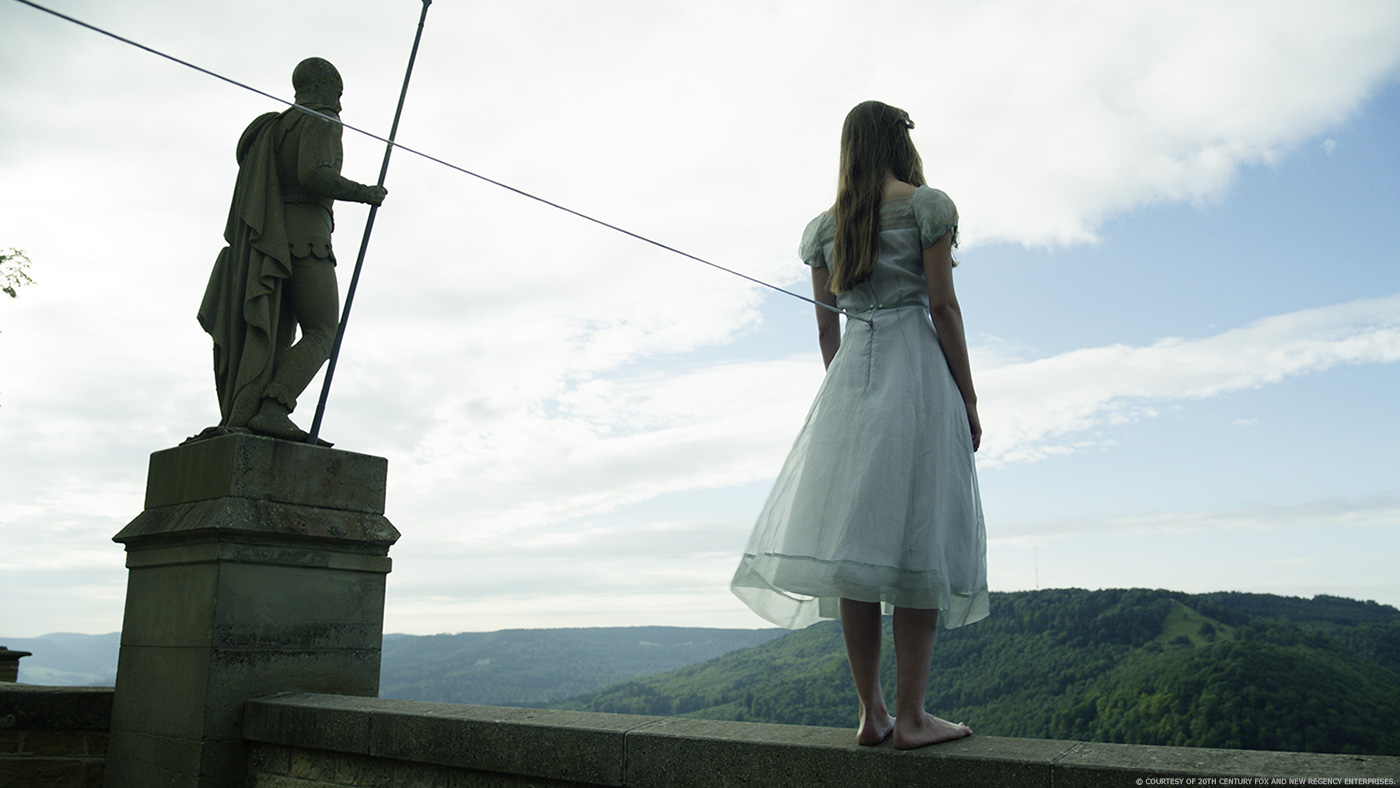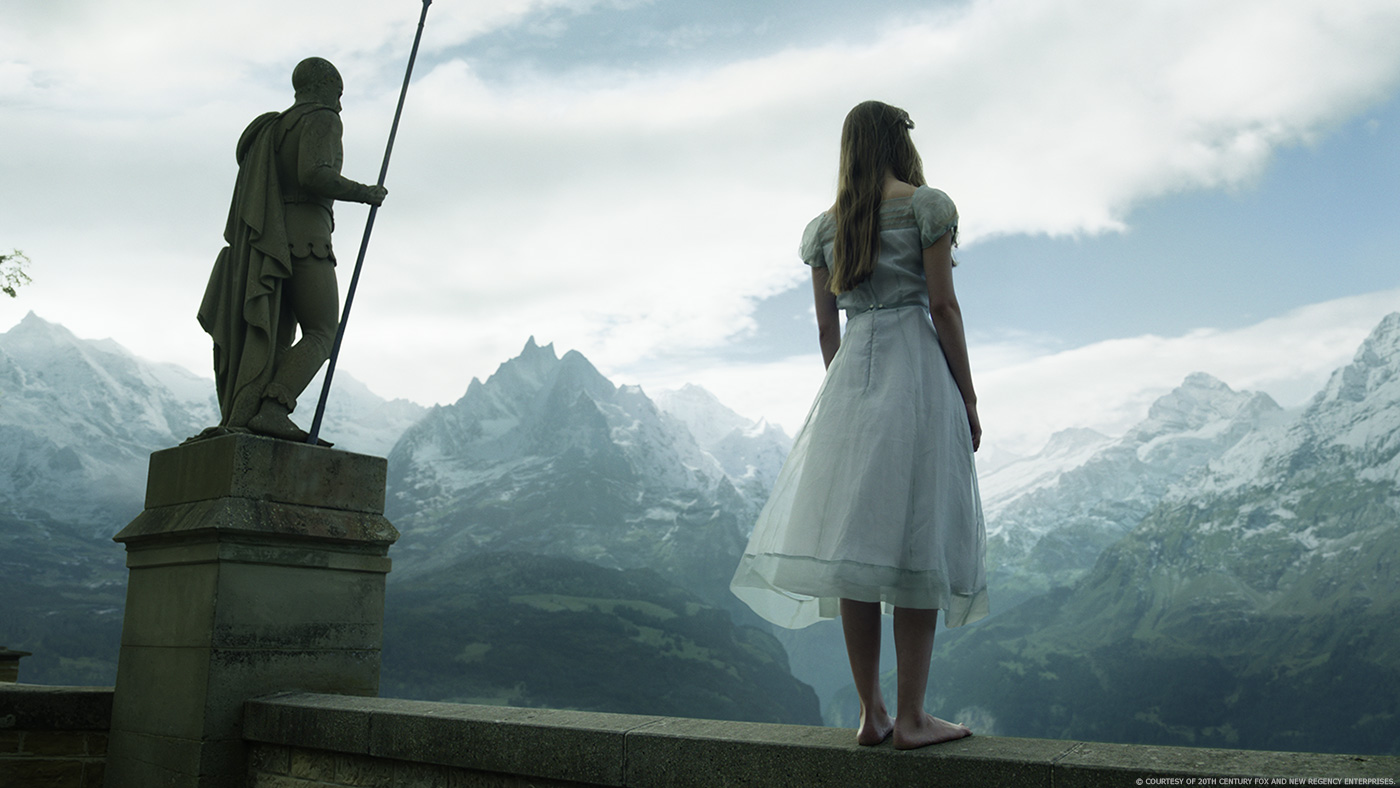It’s Halloween and to mark the occasion we’ve delved into our ‘vault’ to reveal some of the lesser-known VFX techniques filmmakers use to spook us.
Below are just a few examples of the techniques we’ve used since we were established 20 years ago – perhaps they might even inspire your own frightening films and spooky showreels.
Nightmarish visions
VFX blends artistry, creativity, science and technology to bring to life storytellers’ visions…and also sometimes their nightmares!
Throughout the ages, tales of the paranormal and macabre have thrilled audiences, toying with humankind’s most primitive fears. As storytellers and filmmakers strive for evermore-creative ways to give audiences a fright, VFX techniques have come to play an increasingly important role in movie and TV horror.
Like many chilling nightmares, the best horror is grounded in reality; filmmakers often achieve their biggest scares by giving ‘the everyday’ an unexpected and disturbing twist.
Bugs and creepy crawlies
Ever tried to train a cockroach to enter a scene on cue? Well, these days, thanks to VFX you don’t need to.
From spiders and scorpions to plagues of locusts, filmmakers and storytellers love to use bugs as a device to unsettle audiences. Over the past 20 years we’ve taken inspiration from nature to make audiences’ skin crawl.
For the TV show BrainDead (CBS) we modelled CG brain-eating ant-like aliens, while for the horror The Reaping we created one of the largest plagues of accurately modelled CG locusts ever seen on screen (pictured below).

Spider swarms
For the 2017 movie The Mummy, we brought to life a swarm of vicious desert-dwelling giant Camel Spiders. Our artists modelled CG 3D versions of the spiders – slightly larger than real-world scale, which are already huge! – and created a number of variations in shape and texture. We then applied rigging, which allowed for a variety of base poses and movements, such as breathing. We also created animation cycles of the different poses, body variations, and walking/running speeds. A particle simulation was used to duplicate hundreds of spider many times over. This enabled us to create the illusion of hundreds of arachnids flowing along the surfaces of the tomb.
Check out this VFX breakdown of The Mummy to see more (the spider breakdown is at 55 seconds).
..
Digital make-up
Robert Englund, who played the iconic Freddy Krueger in the Nightmare on Elm Street slasher movies of the late 80s and early 90s, spent more than three hours in the make-up chair before filming, suffering terrible skin irritation from the Latex prosthetics and make-up.
Today, to maintain realism in horror, filmmakers often use digital make-up to augment traditional physical prosthetics. Digital make-up can also be animated to support a more nuanced performance, and it can be lit creatively, to heighten suspense.
For director Gore Verbinski’s 2016 horror A Cure for Wellness, we augmented the physical make-up of Dr. Volmer (played by Jason Isaacs: pictured below) who, like Krueger, was grossly disfigured by fire.
Our artists led the VFX work on a complex scene where Volmer peels away a mask to reveal his real face. For this reveal we seamlessly stitched together a plate of the actor’s face with a plate of the actor in make-up. Using body tracking, we projected a disfigured CG mask onto the actor’s face and applied cloth simulations to create the illusion of the facial skin peeling away!

Back in 2004, for Shaun of the Dead, Edgar Wright’s highly-acclaimed zombie comedy and number nine in Variety magazine’s best horror movies of all time, we used a combination of greenscreen VFX and physical make-up to bring to life – or death – impossible non-survivable injuries to the zombies. Check out this classic VFX breakdown from the archives.
..
Create haunting environments
Feeling lost, isolated and surrounded by the unfamiliar is scary. From Nosferatu’s castle in the 1922 original vampire film to the present day, horror filmmakers have used VFX matte painting to create these emotions. Today, however, this process is completely digital. Often combined with CG set extensions, another VFX technique, digital mattes enable filmmakers to manipulate the natural environment to support their story.
Returning to A Cure for Wellness, the story unfolds in a secluded health institute nestled among the high-peaked mountains of the Swiss Alps. In reality, the building actually used was located in the low foothills of a mountain range (below left). So, our VFX team used digital matte painting and other environment VFX techniques to give the institute a dramatic mountainous backdrop and convey its isolation (below right).
Check out the show page to see a trailer.
 |
 |